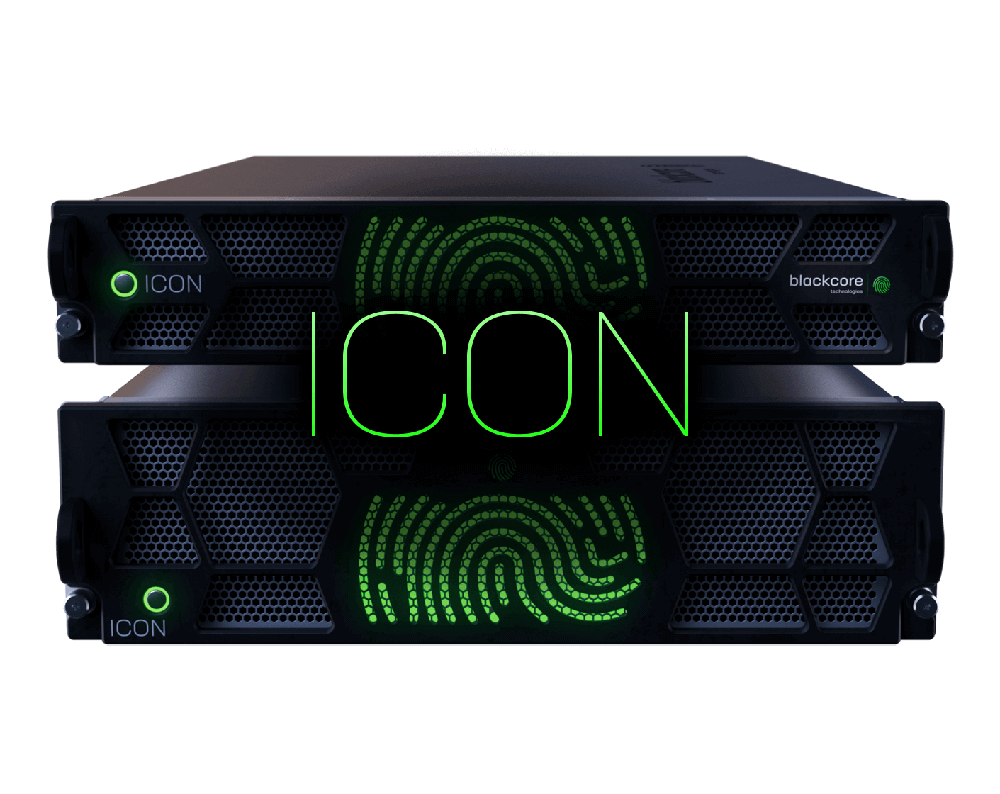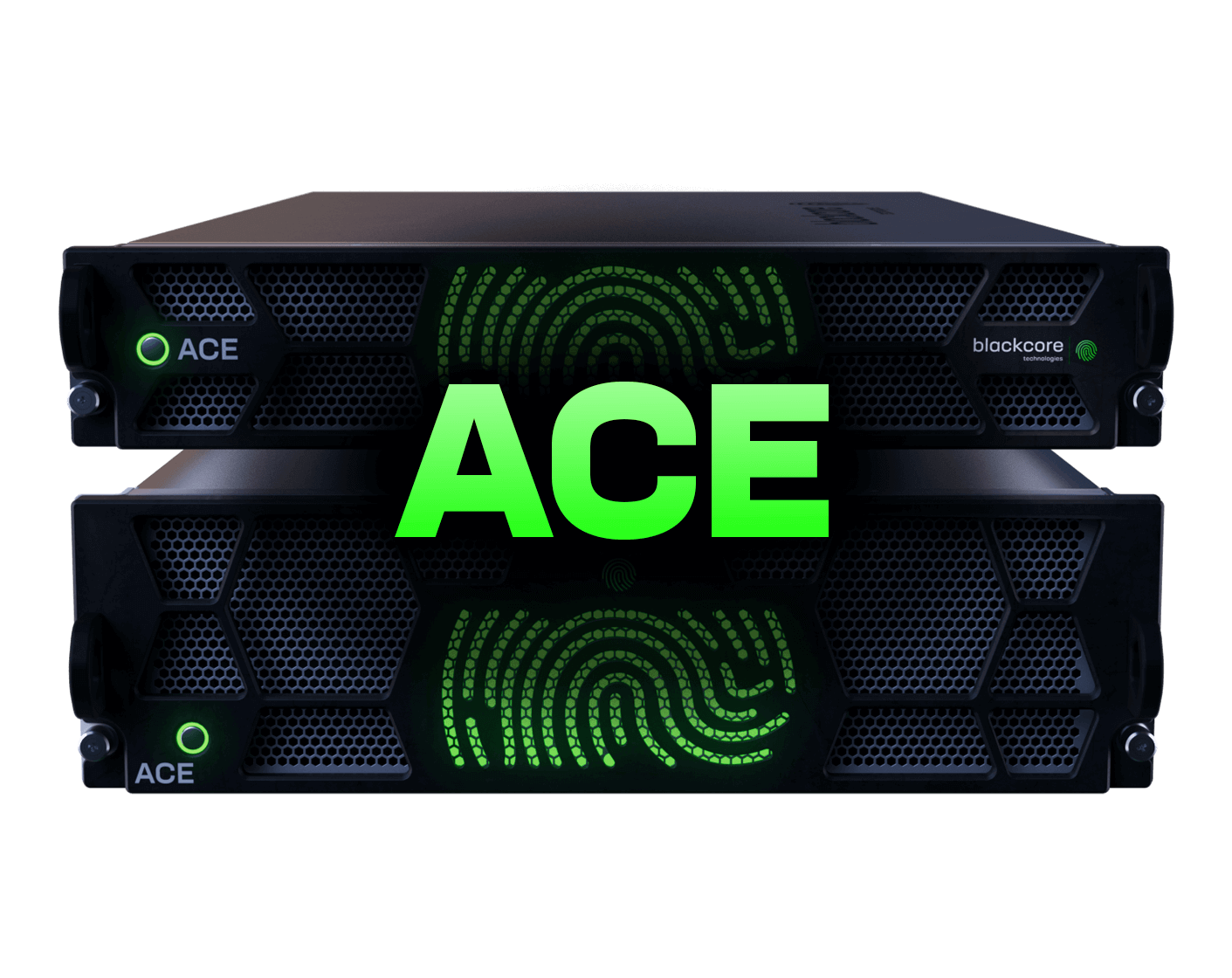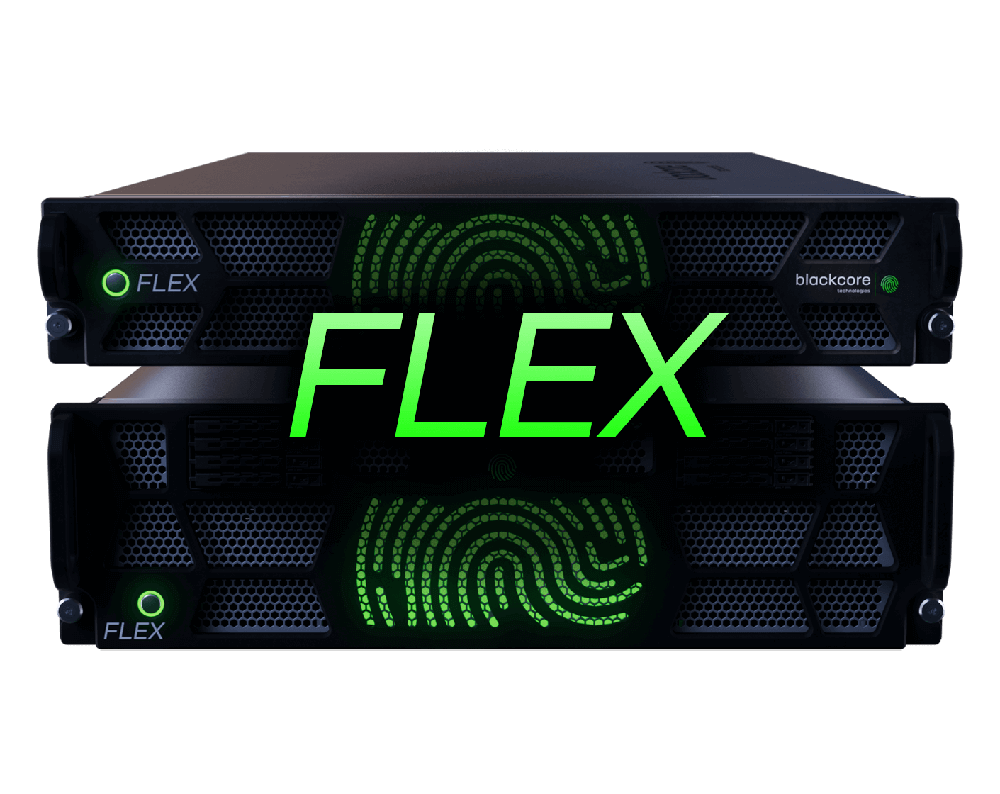In this article Blackcore Technologies CTO, James Lupton, delves into the significance of overclocked servers and the crucial impact of low latency for our investment bank and financial institution clients. With a keen eye on the future, James also offers compelling predictions for the evolution of financial data centers.
Why are overclocked servers critical for investment banks and financial institutions conducting high-frequency trading?
For trading strategies that are latency-sensitive, every optimization along the tick-to-trade path must be considered. For very simplistic strategies FPGA’s may be used to minimize latency, but as the algorithms become more complex, or require software-level coordination alongside the FPGA then a higher clock speed on the host server becomes another way to optimize latency.
It’s important to understand what overclocking means in this context - overclocking is the practice of taking hardware components and pushing them beyond their standard operating speeds. For example, running the CPU (Central Processing Unit) at a higher clock rate, or tuning memory parameters for lowest latency rather than max bandwidth. This process is quite complex and if performed incorrectly can lead to symptoms such as overheating, server instability or hardware damage. At Blackcore, we have developed a methodology based on many years of experience and expertise to allow us to safely overlock the latest processors with up to a 45% increase in clock speed. Not only do we do this with a high level of quality and reliability, but we’ve also bundled the enterprise grade management tools and warranty packages that are expected for deployment in large-scale financial institutions.
How can latency impact financial institutions and their customers when it comes to electronic trading?
Not all trading strategies are latency-critical, but most are latency-sensitive. From the days of trading pits, traders would edge closer physically to the price source simply to be able to react quicker to trades. Nowadays, low latency is achieved with co-location, low-latency wireless networking between trading venues and high-performance networking, FPGA, and computer technology. Using a Blackcore server with tuned components can provide a 38% increase in IPC (Instructions Per Cycle) meaning that a trading algorithm can execute up to 38% more instructions in each clock cycle compared to the manufacturer-advertised speed, therefore making the algorithm faster. In addition, a typical Blackcore server can reduce RAM (memory) latency by 34%, and cache access by 30% compared to a standard server with the same processor.
All of these performance improvements lead to a decrease in compute time and an increase in algorithm performance, which means trade software can execute strategies and react to market events faster.
What are your predictions on how the data center industry may change over the next five years – and how this may impact financial exchange data centers?
For trading firms that care about latency, the cloud has never really been an option – so data centers in the trading space tend to be physical and filled with the most innovative technology in the market, while some financial firms are moving towards cloud-based infrastructures these tend to be outposts of major cloud providers but dedicated hardware for the financial firm. Cloud will continue to be used for non-latency-sensitive activities, but where the tick-to-trade time is important, physical data centers and co-location will continue to be the path for the lowest latency.
Over the next five years, we expect a large focus on density, cooling, and power efficiency. This will focus largely on better - hyperscale-appropriate - cooling technologies like immersion and rack-level liquid cooling as well as improving efficiency and costs via waste energy re-use programs such as using excess heat to warm adjacent facilities. This is unlikely to become mainstream in the raw latency-focused co-location spaces due to the disruption incurred by such an upgrade, the rules & regulations surrounding exchange interaction, and the additional cost and complexity of rack level or immersion cooling.
Here at Blackcore we build liquid-cooled systems that are entirely self-contained and can be installed in any traditional rack worldwide without any additional infrastructure.
What do you think the future of high-performance computing in the fintech industry looks like?
While the last 15 years have seen a trend towards hardware-based solutions leveraging FPGAs, and more recently GPU’s - software will continue to provide an important role in the decision-making process for electronic trading, and high-performance compute via overclocking will allow traders to have an edge over their competitors.
There are certain finance applications that were typically always run on multi-socket systems due to core count or PCIe peripheral requirements, this however typically resulted in lower clock speeds due to the nature of multi-socket platforms. With recent improvements in CPU architecture and a trend to higher core counts on a single chip, we’re now able to offer systems with 56 or more cores in a single socket with clock speeds significantly above those achieved in traditional multi-socket systems, or non-overclocked systems. This not only means more performance but also can be easier to manage at an application level. We’re already seeing a large shift to our 56-core SPR-X systems for this reason and expect this trend to continue.
The finance industry is a fantastic market segment because there’s always something new and exciting being tested or deployed - someone looking to gain an advantage or exploit some new technology or strategy. Today, one of those technologies is Blackcore overclocked servers, tomorrow it could be AI. Next week, it’s something no one else has even considered yet. Like all good tech stories, there’s also a good chance it’ll come from someone working in their garage. For now, however, it’s clear that leveraging Blackcore overclocked servers is an integral part of the market, with more and more firms realizing that without them, they’ll be left behind.
If you are new to Blackcore and would like to learn more, you can email [email protected] or book a call with our CRO Ciaran Kennedy here.







